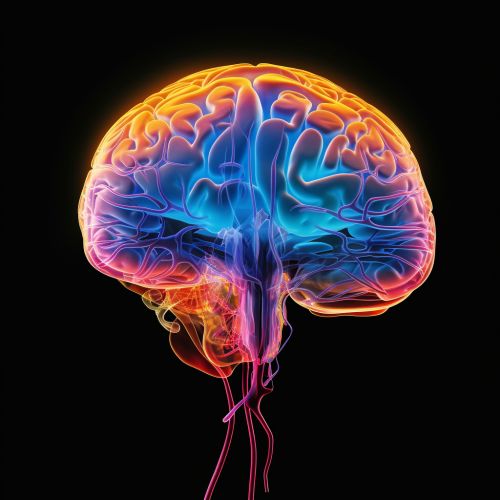The Science of Human Spatial Memory
Introduction
Human spatial memory is a cognitive process that enables individuals to remember different locations, objects, and spatial relations. This type of memory is crucial for everyday tasks such as navigating through an environment or recalling where an object was placed. The science of human spatial memory is a multidisciplinary field, involving the study of neurobiology, psychology, and cognitive science.


Neurobiology of Spatial Memory
The neurobiology of spatial memory focuses on understanding the brain structures and neural pathways involved in spatial memory. The hippocampus, a region in the brain's medial temporal lobe, plays a pivotal role in spatial memory. It is involved in the encoding, storage, and retrieval of spatial information. Other brain regions, such as the entorhinal cortex and the parietal cortex, also contribute to spatial memory.


Hippocampus
The hippocampus is a key player in spatial memory, particularly in the formation and retrieval of spatial memories. It contains specialized neurons called place cells, which fire when an individual is in a specific location in the environment. These cells create a cognitive map of the environment, allowing individuals to navigate and remember spatial locations.
Entorhinal Cortex
The entorhinal cortex, located in the medial temporal lobe adjacent to the hippocampus, is another crucial region for spatial memory. It contains grid cells, which fire in a grid-like pattern as an individual moves through space. This grid-like firing pattern helps to provide a metric for spatial navigation.
Parietal Cortex
The parietal cortex is involved in processing spatial information and integrating it with sensory information. It contains neurons that respond to specific spatial locations and is involved in tasks such as mental rotation and spatial attention.


Psychological Aspects of Spatial Memory
The psychological aspects of spatial memory involve understanding how individuals perceive, encode, and recall spatial information. This includes studying cognitive maps, spatial learning strategies, and the effects of aging and disease on spatial memory.
Cognitive Maps
Cognitive maps are mental representations of the spatial relationships between objects in an environment. They allow individuals to navigate through their environment and remember where objects are located. Cognitive maps are thought to be formed through a process of exploration and learning.
Spatial Learning Strategies
Individuals use a variety of spatial learning strategies to navigate and remember spatial information. These strategies can be categorized into two main types: egocentric and allocentric. Egocentric strategies involve remembering spatial information relative to the self, while allocentric strategies involve remembering spatial information relative to other objects in the environment.
Aging and Disease
Aging and disease can have significant effects on spatial memory. For example, Alzheimer's disease, a neurodegenerative disorder, is associated with severe impairments in spatial memory. This is thought to be due to damage to the hippocampus and other brain regions involved in spatial memory.


Cognitive Science of Spatial Memory
Cognitive science is an interdisciplinary field that studies the mind and its processes, including spatial memory. It combines knowledge from psychology, neuroscience, and computer science to understand how the brain processes and remembers spatial information.
Computational Models
Computational models are used in cognitive science to simulate and understand the processes underlying spatial memory. These models often incorporate knowledge from neuroscience, such as the properties of place cells and grid cells, to simulate spatial memory in a computerized environment.
Virtual Reality Studies
Virtual reality technology is increasingly being used in cognitive science to study spatial memory. This technology allows researchers to create controlled, realistic environments in which to study spatial memory. It also allows for the manipulation of environmental variables, providing insights into how these variables affect spatial memory.


Conclusion
The science of human spatial memory is a complex and multidisciplinary field, involving the study of neurobiology, psychology, and cognitive science. Understanding this cognitive process has important implications for a variety of fields, including urban planning, architecture, and the development of navigation technologies.
